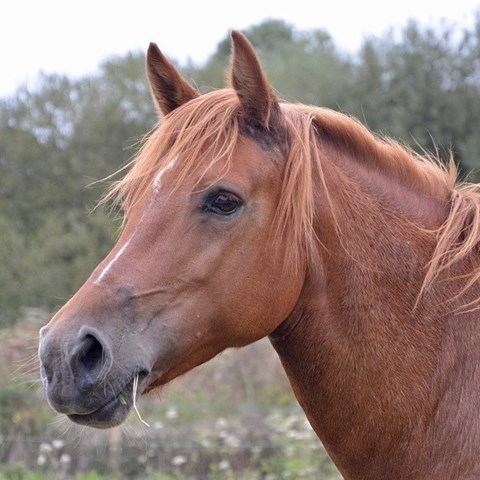Contact
Department of Applied Animal Science and Welfare (former HMH), Section of Ethology and Animal Welfare

Determining the current welfare status in a population is the first step in efforts to improve their welfare. In order to investigate risk factors for poor equine welfare in Sweden, researcher from The Swedish University of Agricultural Sciences analysed data already collected as part of Swedish official animal welfare inspections for 2010–13.
Out of 13 321 inspections, in 9.3% of the cases non-compliance with one or more of the animal based checkpoints were found, such as social contact, body condition, hoof condition and cleanliness. These factors were often associated to non-compliance with requirements for supervision, care or feeding of horses, facility design, personnel, stable hygiene, and pasture and exercise area maintenance. Poor equine welfare was more common in non-professional businesses, when the owner had not been notified of the inspection or had a previous complaint, and in spring compared with autumn.
The epidemiological analysis used in this study opens up for the use of data from official regulatory inspections by researchers and authorities in order to benchmark trends in animal-based measures over time.
https://doi.org/10.1017/S1751731116002512
Hitchens P, Hultgren J, Frössling J, Emanuelson U, & Keeling L. (2017). An epidemiological analysis of equine welfare data from regulatory inspections by the official competent authorities. Animal, 11(7), 1237-1248. doi:10.1017/S1751731116002512